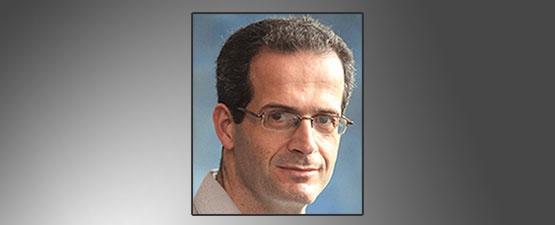Israel Cohen (Israel Institute of Technology, Israel)
Lecture Date: December 2-3, 2019
Chapter: Chile
Chapter Chair: Nestor B. Yoma
Topic: Optimal Multichannel Signal Enhancement
Audio-Visual Voice Activity Detection Using Deep Neural Networks

Lecture Date: December 2-3, 2019
Chapter: Chile
Chapter Chair: Nestor B. Yoma
Topic: Optimal Multichannel Signal Enhancement
Audio-Visual Voice Activity Detection Using Deep Neural Networks
Imagine sitting in a room where every individual is able to read every other individual’s mind. Would you lose your mind? We are living in an age where many of us have already surrendered our personal privacy to online interfaces either knowingly or by deceptive means.
Today, many devices (e.g., cars and other vehicles) we operate for various tasks (e.g., to go from place A to place B) are changing: in the past, they were characterized by a body and control actuators that allowed us to perform these tasks. These days, they are not simply passive recipients of our instructions;
This article examines the problem of interference in automotive radar. Different types of automotive radar as well as mechanisms and characteristics of interference and the effects of interference on radar system performance are described. The interference-to-noise ratio (INR) at the output of a detector is a measure of the susceptibility of a radar to interference. The INR is derived from different types of interfering and victim radars and depends on the location of both as well as parameters such as transmit power, antenna gain, and bandwidth.
The anniversary of a number of significant signal processing algorithms from the 1960s, including the least mean square algorithm and the Kalman filter, provided an opportunity at ICASSP 2019 to reflect on the links between education and innovation. This led ultimately to the proposal of some special sessions as well a panel session that would provide some insight, via a historical perspective, consideration of the current status, and an assessment of the emerging educational future.
The world is moving faster, and signal processing is helping to lead the way, making mobile technologies faster, safer, and more functional on land and even under the sea. At the Massachusetts Institute of Technology (MIT), engineers have created an algorithm that allows autonomous underwater vehicles (AUVs) to weigh the risks and potential rewards of exploring unknown deep-sea sites in real time.
One of the main items of feedback during our recent IEEE Periodicals Review and Advisory Committee (PRAC) meeting was that IEEE Signal Processing Magazine (SPM) rejected too many feature article white papers as being “out of scope.” In this editorial, I attempt to outline the key features of a good feature article.
The list of tables of contents (TOCs) are now available for September 2019. The TOCs are formatted to the style of its publication and offers links to the full issue on the front cover, as well as links to the individual articles in IEEEXplore®; simply mouse-over the article title and click on it.

Lecture Date: October 18, 2019
Chapter: Twin Cities
Chapter Chair: Tao Zhang
Topic: Recent advancements in google speech technologies
The Nominations and Appointments Subcommittee for each Technical Committee is currently seeking nominations for new Members, as well as the Vice Chair position for some Technical Committees. Nominations for both positions should be submitted directly to each Technical Committee’s Nominations and Appointments Subcommittee.